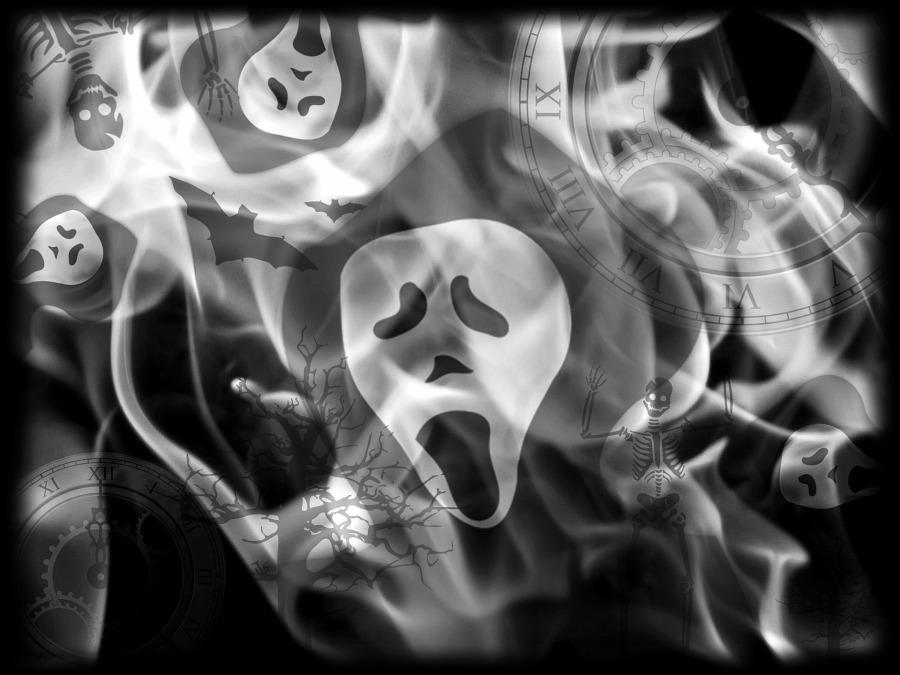What you should know about Halloween
It’s that time of year again. The time kids dress up as witches, ghosts, demons and other ghastly creatures and yell “trick or treat!” People around the world devote so much time and effort into preparing costumes, buying candy, and hosting parties, yet very few actually know about Halloween.
Rewind to 2,000 years ago. The Celts, a medieval European people, occupied the area that is now Ireland, the United Kingdom, and northern France. They celebrated their new year on November 1, which also represented the beginning of winter, a time associated with human death. The previous night, Celts felt especially close to deceased relatives and friends. The Celtic festival of Samhain (pronounced SAH-win) took place on the night of October 31, as Celts believed that on this day, ghosts of the dead returned to earth. Samhain was one of the eight festivals in the Wheel of the Year, which organized Celtic festivals and led the Celts through the year, connecting different qualities to each month, and qualities of life, death, and rebirth to each trimester. What became Halloween has its roots in the festival of Samhain.
To commemorate the event, Celtic priests, called Druids, built huge, sacred bonfires and people gathered to burn crops and animals as sacrifices to deities. They dressed in costumes of animal heads and skins to scare away the evil spirits. After dark, people wore masks to avoid being recognized and so that ghosts would mistake them as spirits. Additionally, they would leave food and wine outside their homes so that spirits would not attempt to enter or curse their homes.
By 43 A.D., the Roman Empire conquered most of Celtic territory, and during the next 400 years that they ruled lands, two Roman festivals combined with the Celtic celebration of Samhain. The first was Feralia, which commemorated the passing of the dead, and the second was Pomona, named after the Roman goddess of fruit and trees. The apple is the symbol of Pomona, which could be why the tradition of bobbing for apples is practiced today on Halloween.
In the Sixth Century, Pope Gregory III expanded the festival of All Martyrs Day to include all saints as well, renaming it All Saints Day, and changed the tradition’s date from May 13 to November 1. All Saints Day was also known as All-hallows or All-hallowmas (from the Middle English word “Alholowmesse,” meaning “all hallowed mass”), and the night before came to be called All-hallows Eve, shortened to Hallow-e’en, and eventually Halloween. The influence of the Catholic Church reached Celtic lands by the Ninth Century, and Christianity gradually replaced Druidism. In 1000 A.D., the Church made November 2 All Souls’ Day to honor the dead, and was celebrated similarly to Samhain, with bonfires and costumes.
Despite this history, many orthodox Christian families abstain from celebrating Halloween because it opposes “the word of God” in many ways. Halloween is associated with fear, death, and destruction, whereas God advocates love, life, and restoration. A pastor at a church in Lafayette, Louisiana, Willie Thompson, said “[Halloween] deals with the dead being raised, ghosts, and goblins and things like that, that we don’t associate with spirituality.” He believes “we are alive and well in Jesus Christ and not dead.” Thompson explains that his church discourages Halloween, and in lieu of this, it offers children a celebration with games and treats, but no costumes. Other churches offer alternatives in which children can dress up as Bible characters.
It’s not only Christians who have difficulties with Halloween. Muslims do not approve of it either because of its pagan roots and traditions. Traditionally, Jews are not supposed to celebrate non-Jewish festivals, whether pagan or Christian, but less religious families celebrate Halloween nonetheless.
With such a ubiquitous tradition as Halloween, you would think that more people would know about its origins. For all the fuss, excitement, and commerce that the day generates, it is worth knowing the history behind this tradition.
Sources: history.com, wordoftruthradio.com, reviewofreligions.com

This is Fe’s third and final year in The Talon as Features Editor. Fe spends her time reading non-fiction books, learning eccentric words, collecting...









